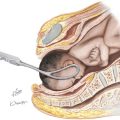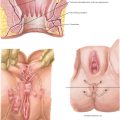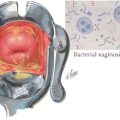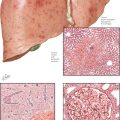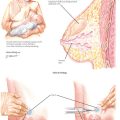Chapter 122 Uterine Prolapse
INTRODUCTION
ETIOLOGY AND PATHOGENESIS
MANAGEMENT AND THERAPY
Nonpharmacologic
FOLLOW-UP
MISCELLANEOUS
Cundiff GW, Amundsen CL, Bent AE, et al. The PESSRI study: Symptom relief outcomes of a randomized crossover trial of the ring and Gellhorn pessaries. Am J Obstet Gynecol. 2007;196:405.e1.
Swift S, Woodman P, O’Boyle A, et al. Pelvic Organ Support Study (POSST): The distribution, clinical definition, and epidemiologic condition of pelvic organ support defects. Am J Obstet Gynecol. 2005;192:795.
Thomas AG, Brodman ML, Dottino PR, et al. Manchester procedure vs vaginal hysterectomy for uterine prolapse: a comparison. J Reprod Med. 1995;40:299.
Altman D, Falconer C. Perioperative morbidity using transvaginal mesh in pelvic organ prolapse repair. Obstet Gynecol. 2007;109:303.
American College of Obstetricians and Gynecologists. Urinary incontinence in women. ACOG Practice Bulletin 63. Obstet Gynecol. 2005;105:1533.
American College of Obstetricians and Gynecologists. Pelvic organ prolapse. ACOG Practice Bulletin 79. Obstet Gynecol. 2007;109:461.
Beecham CT. Classification of vaginal relaxation. Am J Obstet Gynecol. 1980;136:957.
Bump RC, Mattiasson A, Bo K, et al. The standardization of terminology of female pelvic organ prolapse and pelvic floor dysfunction. Am J Obstet Gynecol. 1996;175:10.
DeLancey JO. The hidden epidemic of pelvic floor dysfunction: achievable goals for improved prevention and treatment. Am J Obstet Gynecol. 2005;192:1488.
Jelovsek JE, Maher C, Barber MD. Pelvic organ prolapse. Lancet. 2007;369:1027.
Lentz GM. Anatomic defects of the abdominal wall and pelvic floor. In: Katz VL, Lentz GM, Lobo RA, Gershenson DM, editors. Comprehensive Gynecology. 5th ed. Philadelphia: Mosby/Elsevier; 2007:513.



